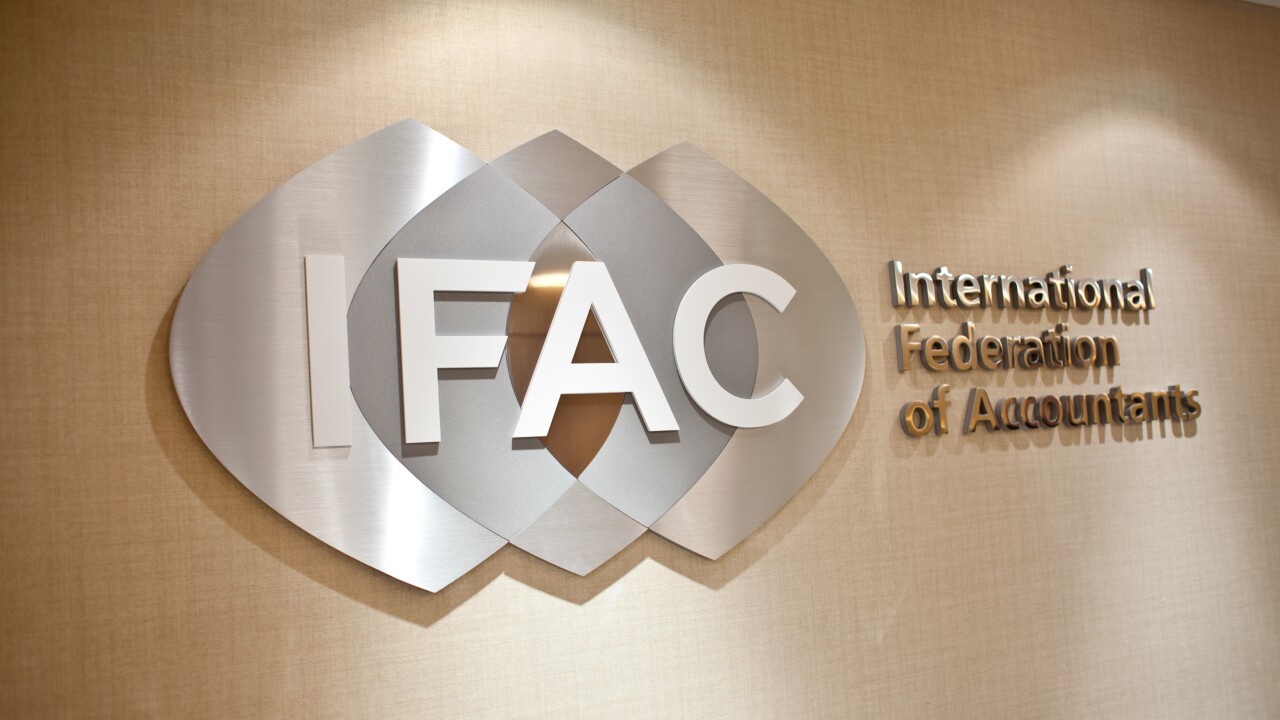As finance and accounting team leaders eye their 2024 plans, the impact that inflation will ultimately have on their planning and decision making cannot be understated.
There is no question that inflation can materially impact a business, and F&A teams have the responsibility to monitor and analyze core costs that may be trending upward. Rising inflation will be a key driver for company spending in 2024, and will impact decisions such as service contract renewals, leases and which vendors or suppliers are used.
Further, F&A leaders will have to determine how much of the increased costs, if any, are passed along to their customers. These decisions are time sensitive and can have lasting impacts as leaders put the finishing touches on 2024 financial budgets that they must answer to throughout the year.
F&A teams are in a unique position to protect organizations as inflation continues to trend above the Federal Reserve inflation target of 2%. As an F&A leader, you need to have the ability to distinguish between genuine cost-driven price increases and opportunistic price gouging, such as we've seen with some recent reactions to inflation. Contracts, agreements and leases often span several years, so distinguishing fair pricing up front is often critical to a company's long-term success.
The rise of false inflation
The market, by and large, has experienced a confluence of actual inflation and what we know as false inflation factors. To fully comprehend the implications of false inflation, it's essential to examine its recent trajectory.
From 2021 to 2023, the United States witnessed a significant surge in inflation,
This sharp rise can be attributed to several factors, including:
- Supply chain disruptions: The COVID-19 pandemic caused unprecedented disruptions to global supply chains, leading to shortages of goods and increased transportation costs.
- Increased demand: As economies reopened and consumer spending rebounded, demand for goods and services outpaced supply, further driving up prices.
- Geopolitical tensions: Global conflicts exacerbated supply chain disruptions and created uncertainty in energy markets, contributing to inflationary pressures.
Genuine cost pressures such as the factors mentioned above can open the door to trouble elsewhere. Companies can exploit inflationary conditions to raise prices unjustifiably, hiding behind the guise of passing along their own rising costs. This is a practice known as price gouging or "false inflation," which is characterized by excessive price hikes that are not proportionate with actual cost increases, often targeting consumers in times of crisis or limited market options.
Inflation's impact on company pricing
As the costs of raw materials, labors and transportation rise, companies often face the difficult decision of passing on these increased costs to consumers. However, this can be a delicate balancing act, as excessive price hikes can erode customer loyalty and damage brand reputation.
Companies often cite several reasons for increased pricing during higher than normal inflationary periods:
- Cost recovery: Companies will attest that price increases are necessary to cover their own rising input costs and to maintain unit economics.
- Market conditions: Companies may point to factors such as supply shortages or increased demand as justification for price adjustments.
- Competitive landscape: Companies will react to competitors' pricing strategies, potentially raising their own prices to match or even exceed industry benchmarks.
Strategies for navigating higher inflation
As an F&A team leader, protecting your company from the pitfalls of false inflation requires a proactive approach. Please take note of the following strategies to help safeguard your organization's financial well-being:
- Competitive pricing: Where possible, seek multiple proposals from vendors with similar service to ensure an ability to compare terms and conditions. It's often easier to renew a contract with a known vendor, but taking your business to market and reevaluating options can reveal valuable information about the market cost of goods and services.
- Due diligence: Implement rigorous vendor evaluation processes to ensure price increases are genuinely aligned with actual cost increases. Seek detailed justifications and documentation from vendors before accepting any price hikes.
- Cost-saving measures: Explore cost-saving initiatives within your company to offset the impact of inflation. This could include streamlining processes, reducing waste and renegotiating contracts with existing vendors.
- Pricing transparency: Encourage transparency in your company's pricing practices. Explain the reasons behind any price increases to customers and demonstrate these increases are proportional to actual cost increases.
- Relationships: Building and maintaining relationships with vendors, service providers and business partners is one way to limit exposure to false inflation. Periodic phone calls go a long way in connecting personally with counterparties at a time when most negotiations are email based.
Finance and accounting teams have a responsibility to protect a business financially. This year, businesses will continue to be tested and inflation will continue to impact our economy. It is incumbent upon F&A leaders to adhere to the strategies outlined to take a guarded but proactive approach to safeguarding an organization's financial future, navigating what appear to be choppy waters ahead.





